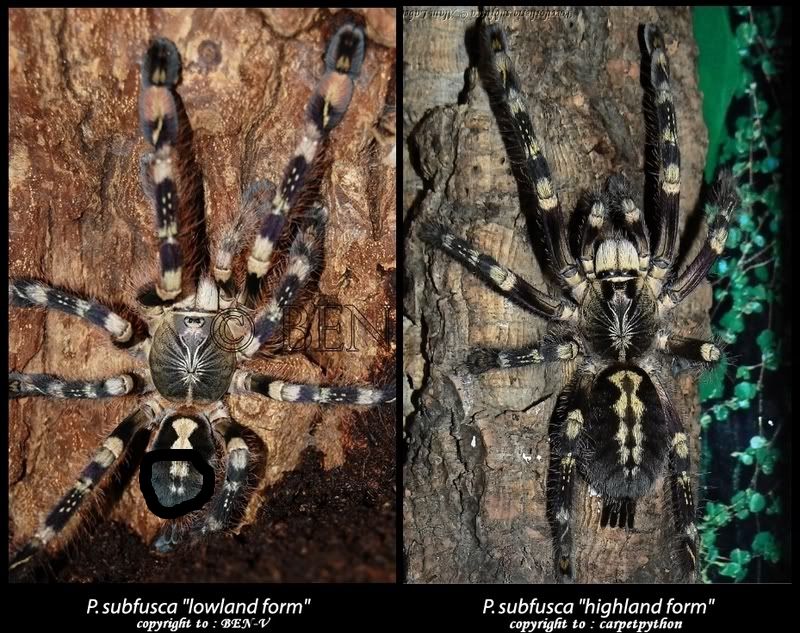Angel Minkov
Arachnobaron
- Joined
- Aug 3, 2014
- Messages
- 595
Hello. I was looking for papers on this subject, but couldn't find any - what's the case with P. subfusca "highland" and "lowland"? Are they different color forms/variations, are they the same species at all, or 2 different? Is P. bara a valid name for P. spec "lowland", or is it still "P. spec "lowland" "?
Any clarification would help a lot!
Any clarification would help a lot!

